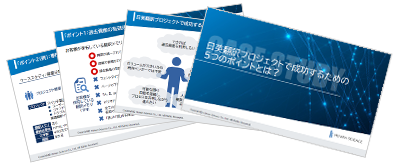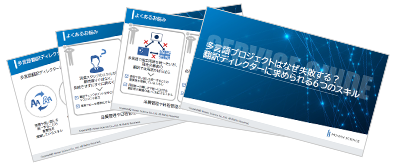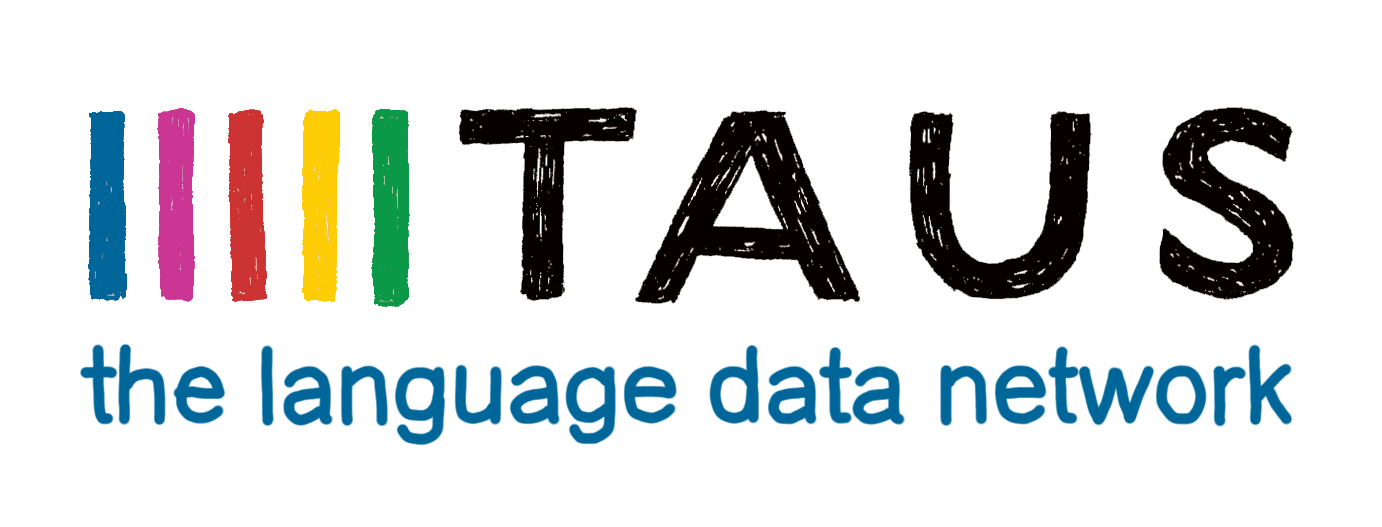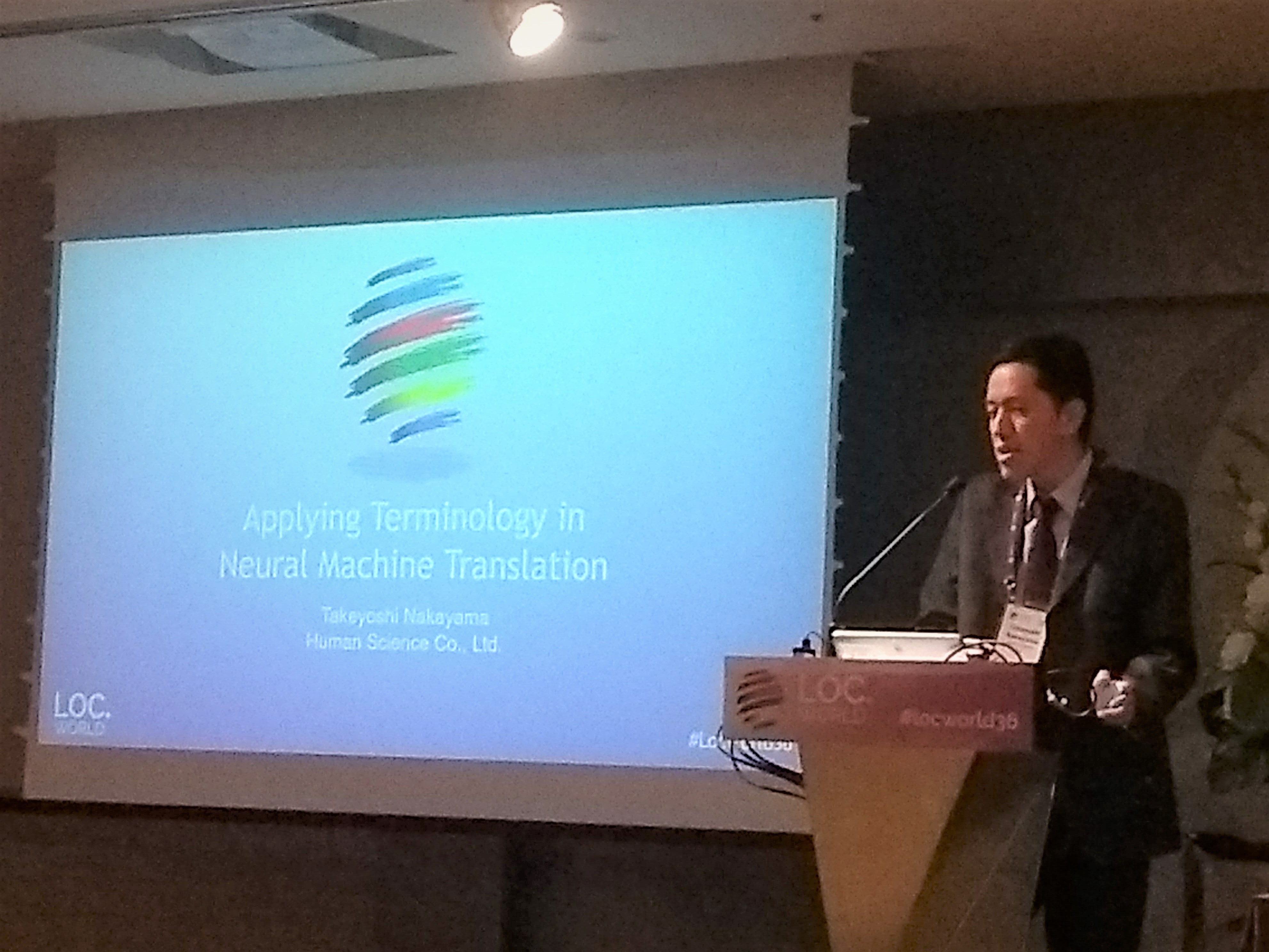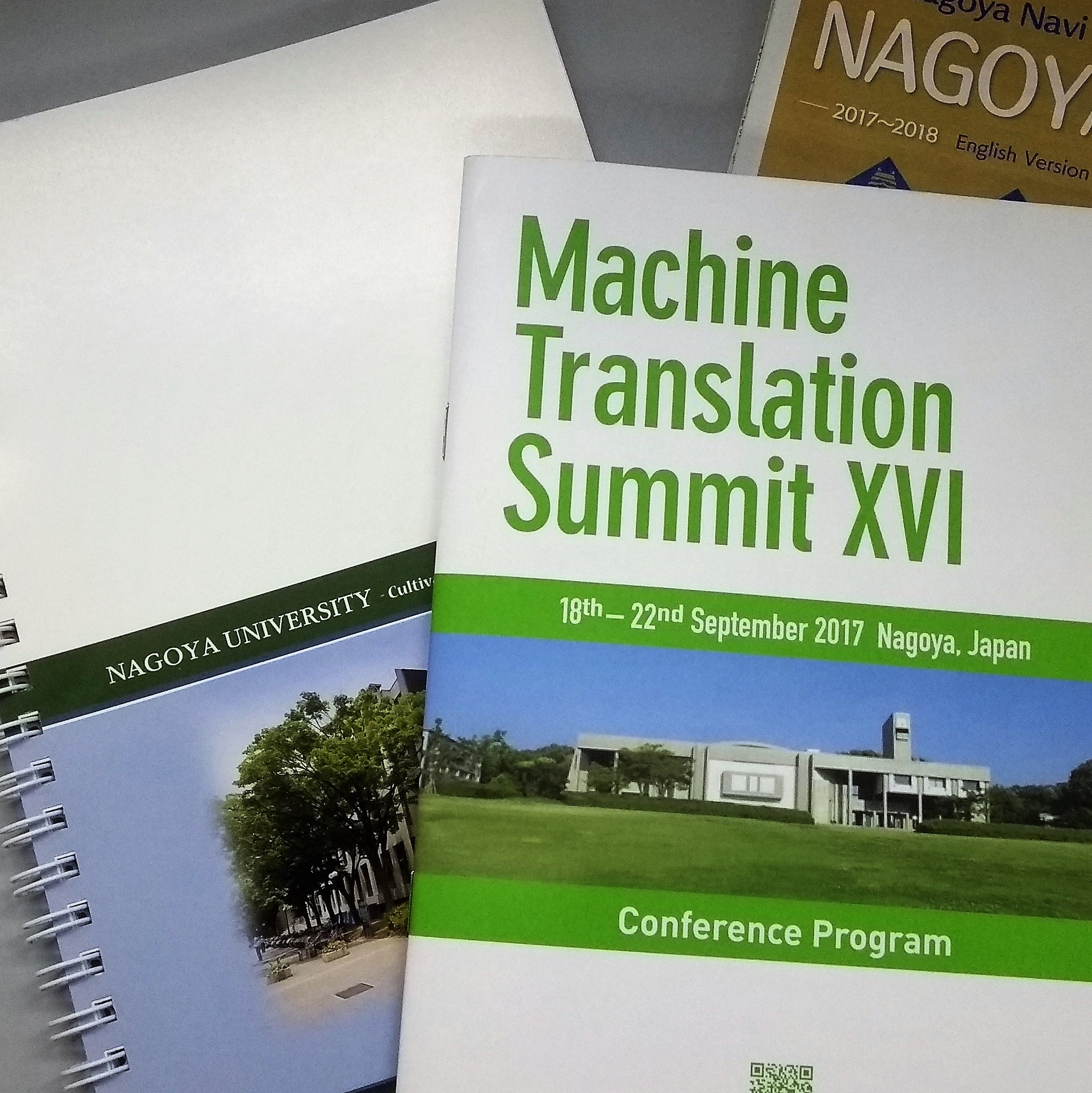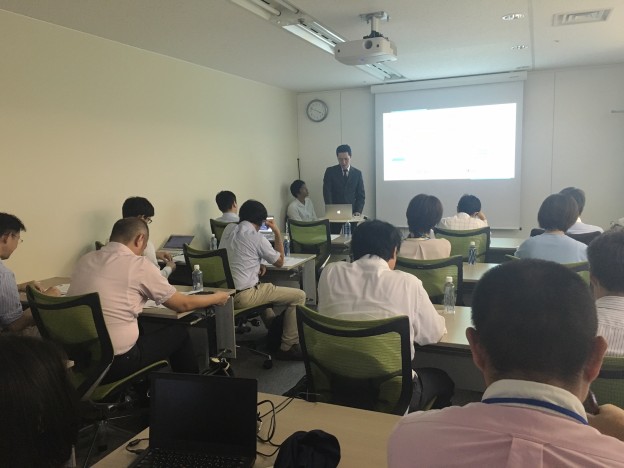Our company is actively working to improve the quality of Japanese-English translation. Among these efforts, study sessions for Japanese-English translators are particularly important initiatives. This time, we will introduce the past efforts and future prospects of these study sessions.

- Table of Contents
>>Related Download Materials: Nine Cases of Machine Translation Errors and Post-Editing & Post-Editing Checklist
1. Overview and Background of the Event
Our study sessions are currently open only to contracted external translators and are held online every two months. In the future, we plan to open the study sessions to the general public, but at this time, participation is limited to in-house translators.
One of the main reasons for holding study sessions is to share the translation know-how accumulated by our in-house review team over the years with external translators, leading to improved quality. Additionally, it is also an important objective to support our translators so that they can confidently engage in projects.
2. Theme of the Study Group
Below are some of the themes we have covered so far.
- Points to Note in Japanese to English Translation
- Tips on Parts of Speech and Collocation in Japanese-English Translation
- [Specific Project Name]: Points to Note in Translation
- Top 3 Common Errors in Japanese-English Translation for IT and FA Related Content
- Efficient Use of Parts of Speech (Tips to Avoid Redundant Expressions and Enhance Readability)
We frequently address themes that analyze common trends of errors often seen in IT and FA-related translations, focusing on how to avoid them. Additionally, we often cover writing styles that adhere to technical writing rules and efficient usage of parts of speech.
According to a survey conducted by our company among participants, the two themes that received the most support were the following.
- Efficient Use of Parts of Speech (Tips to Avoid Redundant Expressions and Enhance Readability)
- Tips on Parts of Speech and Collocation in Japanese-English Translation
"Parts of speech" are an important factor in improving the quality of Japanese-English translation. Therefore, our translators are highly concerned with the efficient use of parts of speech. For example, if we translate "Please clean the product each time after you finish using it." to "Please clean the product each time after you finish using it." the phrase "each time after you finish using it" contains unnecessary pronouns "you" and "it," making it grammatically redundant. Such usage of parts of speech is not suitable for technical writing, especially in IT and FA translations. Even if it is accurate, attention must also be paid to the appropriateness of style and expression. Therefore, to make it more concise and natural, it can be changed to "Please clean the product after each use."
In the study sessions, we cover a wide range of topics, from the basic usage of parts of speech to advanced grammatical structures and applications of grammar.
We also introduce themes frequently discussed in the study sessions on our blog, so please take a look.
- Common Mistakes in IT and FA Translation ① - Usage of 'which' and 'whose'
- Common Mistakes in IT and FA Translation ② - Usage of Non-Restrictive "which" and Restrictive "that"
- Common Mistake in IT and FA Translation ③ - Is the Subject the User or the System? Correct Translation Method for Explanatory Text in Tables
- Common Mistakes in IT and FA Translation ④ - Pursuing Readability Over Advanced Grammar -
- Common Mistake ⑤ in IT and FA Translation - Avoid the Use of Inappropriate Prepositional Phrases
- Common Mistake 6 in IT and FA Translation - Avoiding Ambiguous Dependencies
Below are some examples from past study sessions. (Some content has been modified in accordance with confidentiality obligations.)
3. Introduction of Some Examples Handled
Example 1: Efficient Use of Parts of Speech (How to Avoid Redundant Structures and Make Text Readable)
| Source | Save Pen Information Set up the folder. |
|---|---|
| Translation (Before Revision) | Sets the folder in which the pen information is to be saved. |
| Translated Text (After Revision) | Sets the folder in which to save the pen information. |
The expression "in which the pen information is to be saved" is not incorrect, but to make the sentence more concise and easier to read, you can use a prepositional phrase instead of a postpositional phrase.
Example 2: Efficient Use of Parts of Speech (How to Avoid Redundant Structures and Make Text More Readable)
| Source | These metal joining methods are usually adopted for strong permanent joints. |
|---|---|
| Translation (Before Revision) | These methods of joining metal are normally adopted for joints that are strong and permanent. |
| Translated Text (After Revision) | These methods of joining metal are normally adopted for strong permanent joints. |
It is not incorrect to construct a sentence with "joints that are strong and permanent" (noun + noun modifying relative clause), but I recommend making it simpler and easier to read by using "strong permanent joints."
Example 3: How to Apply Correct Collocations
| Source | When the communication between the device and the external PC is disconnected during IXScan. |
|---|---|
| Translation (Before Revision) | This message is displayed when communication between the system and the external PC is cut during IXScan operation. |
| Translated Text (After Revision) | This message is displayed when communication between the system and the external PC is lost during IXScan operation. |
The term "cut" is not incorrect in relation to the original text's "cut off". However, from a collocational perspective, "communication is lost" is more natural. This is an example that prioritizes collocation over a direct translation of the original text.
Example 4: A method to omit contextual expressions and avoid redundancy
| Source | The status of the function of the trackball or rotary encoder will be displayed in the assist display area. |
|---|---|
| Translation (Before Revision) | The status of function of the trackball or rotary encoder is displayed in the assist display area. |
| Translated Text (After Revision) | The function of the trackball or rotary encoder is displayed in the assist display area. |
The original text "the status of function" is translated as is, but it is sufficient to simply use "the function" since the context naturally implies the meaning of "status." It is better to avoid redundant expressions.
4. Future Prospects
In the future, we will utilize actual screens from Trados and other CAT tools to introduce methods for improving translation, along with concrete examples, and share knowledge. The purpose of this initiative is to allow translators to experience a sense close to the actual working environment. Particularly in IT and FA translation, we plan to provide not only knowledge about effective translation methods from Japanese to English but also specific information on how to effectively utilize features such as translation memory and terminology databases in CAT tools. We believe this will help deliver information that contributes to improving translation quality.
>>Related Download Materials: Nine Cases of Machine Translation Errors and Post-Editing & Post-Editing Checklist


